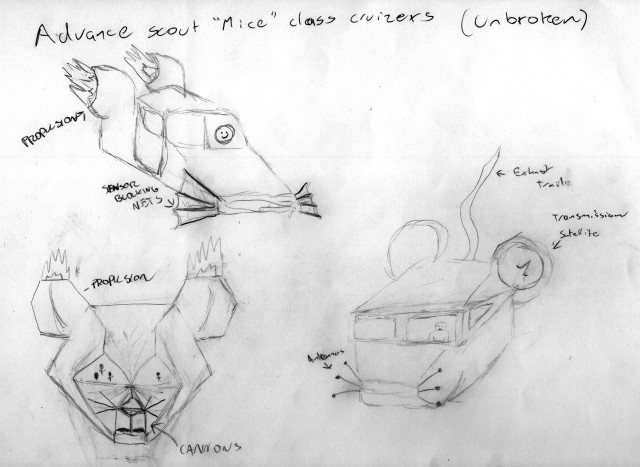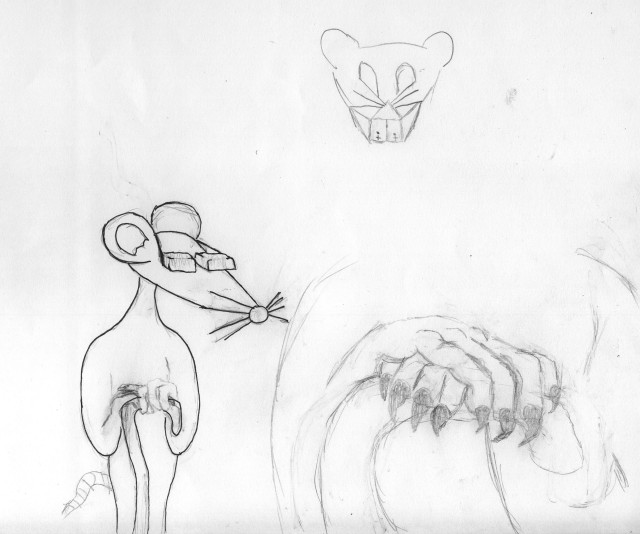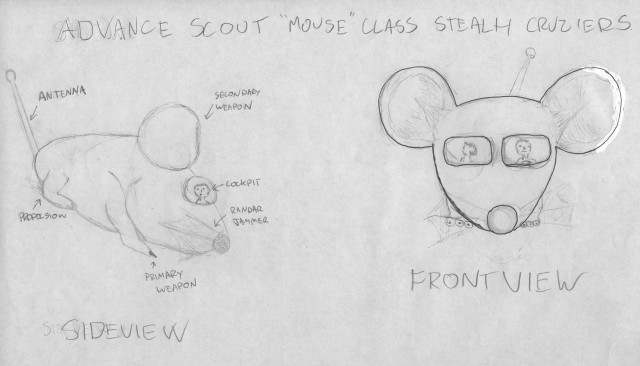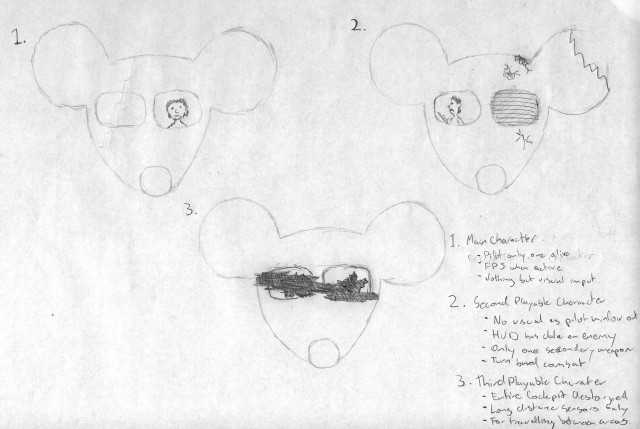“No matter how cool your interface is, less of it would be better.”
– Alan Cooper “About Face”
According to the Webster Dictionary, the term transparency literally refers to the quality or state of being transparent;
– Fine or sheer enough to see through
– Free from pretense or deceit
– Easily detected or seen through
– Readily understood
The transparent interface is commonly defined as one that maximizes user task completion and minimizes interfering factors, such as unnecessary interface complexity or performance. Transparency means that information or actions are clear, truthful, and easy to understand.
Minimalism describes the movement in various forms of art and design where the work is reduced to its necessary elements. Minimalists reduce their work to the smallest number of colours, values, shapes, lines, and textures The aim of Minimalism is to allow the viewer to experience the work more intensely without the distractions of composition, theme and so on
Minimal Art emerged as a movement in the 1950s and continued through the Sixties and Seventies. Minimalist artists rejected the idea that art should reflect the personal expression of its creator. There was a lack of emotion and subconscious decision-making in minimalist art, hiding the presence and feelings of the artists. Rather, the artists believed that the viewer’s personal reaction to the object was of higher importance, and thus strove to eliminate the presence of the creator in their work.
Below are some examples of minimalism in different artistic fields.
Advantages of a Transparent Interface
“A triumvirate exists between our mindware, which is the mental circuits we possess, our mindset, which results from training and experience, and the hardware which is used to sense and present information to the operators of modern machines.” – Richard Malcolm “The Challenge of the Transparent Interface”
In the past it had been accepted that to use a new machine, a person will require training in its operation. This mindset was carried over to software design and lead to the need to retrain staff frequently, at a large cost to the corporation. But, if we program to the user’s ‘mindware’ the operation of the interface will become transparent. Rather than have a user learn new skills, create a program that uses the skills they already have.
 Take Apple for example. No matter what product they are bringing out, it is always designed with an interface that will seem familiar to their previous customers. Users would much rather be successful than knowledgeable and the less time a user takes to learn to use a product, the higher the probability that the product will be successful. They would be much more likely to buy the product that works with the skills they already have.
Take Apple for example. No matter what product they are bringing out, it is always designed with an interface that will seem familiar to their previous customers. Users would much rather be successful than knowledgeable and the less time a user takes to learn to use a product, the higher the probability that the product will be successful. They would be much more likely to buy the product that works with the skills they already have.
Why and When to use Minimalism
The purpose of a good web design is to enhance the focus on the products or services offered, or the content as a whole, so it can be used by everyone and is easy to understand and navigate through.
Minimalism brings the most important content to the forefront and minimizes distractions for the user. If a page has too many elements, the viewer will be confused about where to look or misinterpret the priority of each element. A minimalist design puts the focus squarely on the content.
The point is not to make the website less functional, but rather to cut out unnecessary elements (and thus highlight the necessary ones) or to combine sections into a simpler layout. By putting focus on the content minimalist design makes it easier for the viewer to interpret and understand and the risk of misunderstandings and confusion is reduced compared to design that is completely stuffed up.
Another advantage of these websites is that they generally load very quickly due to the lack of clutter.
You might think that a minimal interface / website requires the creation of less graphical content and so would be easier and cheaper to make. But creating a true transparent interface takes a lot of time and skill and usually starts with content that gets striped away. To see some people that have succeeded, check out –
– http://www.aftermodernlab.com/php/profile.php
– http://www.thoughtandtheory.com/
– http://www.petercrawley.co.uk/
– http://www.jonaslindvall.com/
Sometime Less is Just Less
“The minimalist wants the fruits of a certain toil but does not want to toil. Minimalism breeds mediocrity. It is the destroyer of passion. Minimalism is one of the greatest character diseases of our time. It is the enemy of excellence and a cancer on society.” – Matthew Kelly, “The Rhythm of Life”
Minimalism is not about sacrificing things we want, or having less for austerity. Minimizing the number of thoughts and things that block the path to what we truly want becomes a facilitating strategy. Dispensing with fluff and getting to the heart of the data isn’t always the same thing. Many things on most websites are unnecessary – they look attractive or are interesting reading but don’t really accomplish anything specific. Minimalism on the other hand focuses almost exclusively on the key points. Supplementary features are sometimes what makes certain types of websites so successful. Minimalist websites should be the most usable websites, because nothing is there to confuse or get in the way; and the text is thought out extra carefully. Often though, with little on the page, visitors have difficulty figuring out where to go.
Graphics may seem unnecessary when you can create a text based website that will load quicker and be cheaper to make. If your website offers a unique function the user will usually want to get to that function as quickly as possible so an uncluttered page works. However, many user are also on the internet for entertainment without graphic, icons, or animation, you could have a web-page with nothing to engage the user. Brochure websites are an example of this: basic information with no distinct message. Many websites could benefit from more content, though, as well as more visual stimulation. The main point is to find the true purpose of the product and remove elements until the design no longer achieves that purpose. You want your design to be just on the verge of braking while still functioning.
Summary
Transparency is a vital aspect of Human Computer Interaction and is linked closely to issues of clarity and usability in user interface design. Systems and programs that are transparent for the user mean that they can operate with ease and with little attention to detail.
The goal of true minimalism is not to have a bare-bones design, but to have a design where only the best parts are kept. Before removing anything from a design make sure it is not part of the purpose of the design. However, go too far and you can end up with an unsatisfying user experience.
The deciding factor may be the target audience’s sensibility, the client’s goals or the way visitors will use the website. But there is an appropriate style for each website, and the decision should not be taken lightly. Many people in non-design-related fields don’t fully appreciate minimalist design or even find it visually appealing. And because the vast majority of Internet users are not creative types, we have to respect this view and address it accordingly.











































